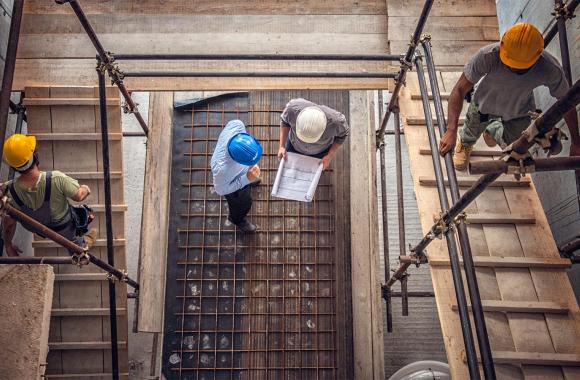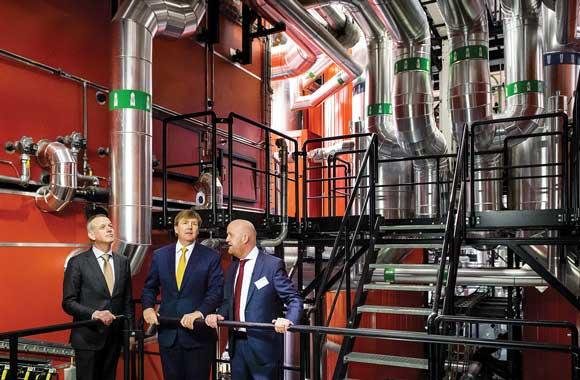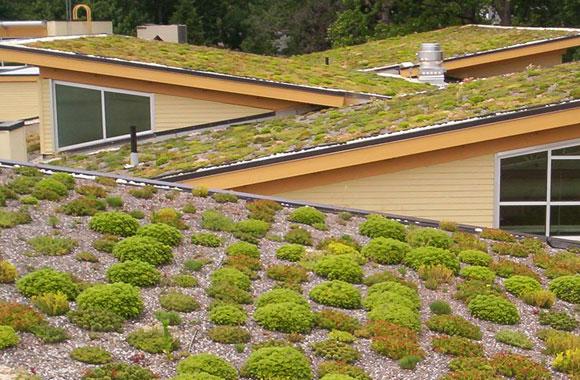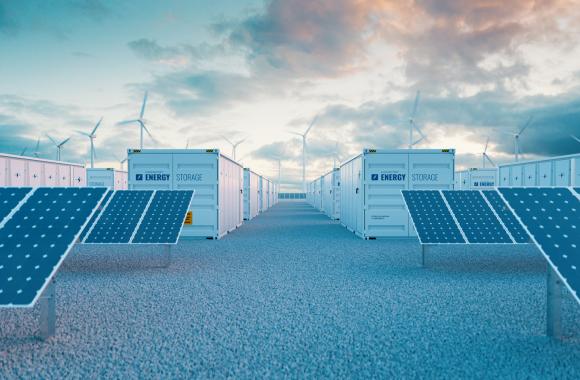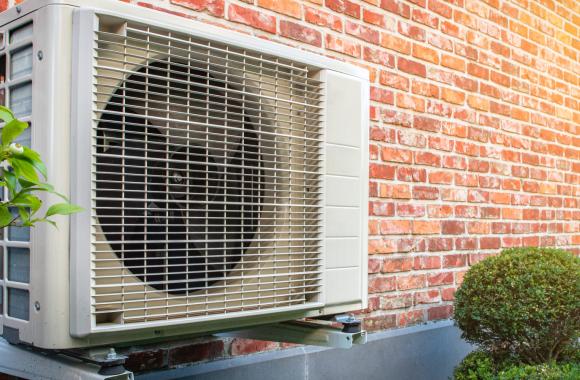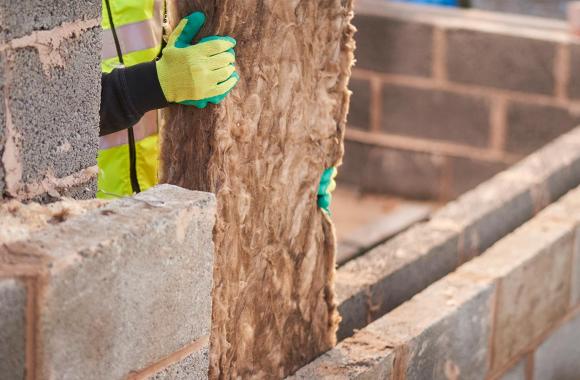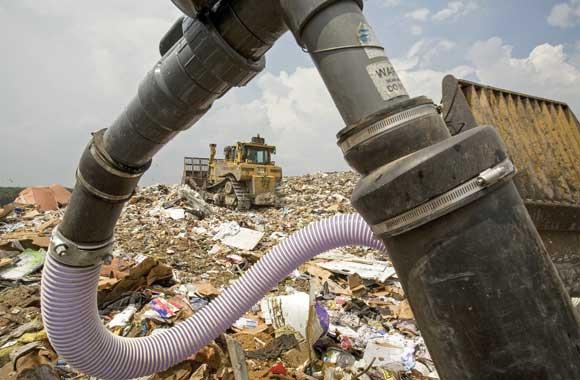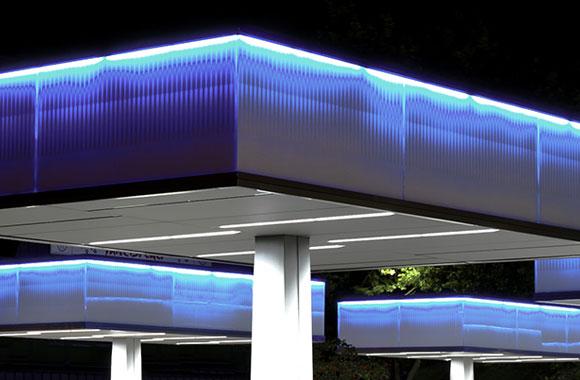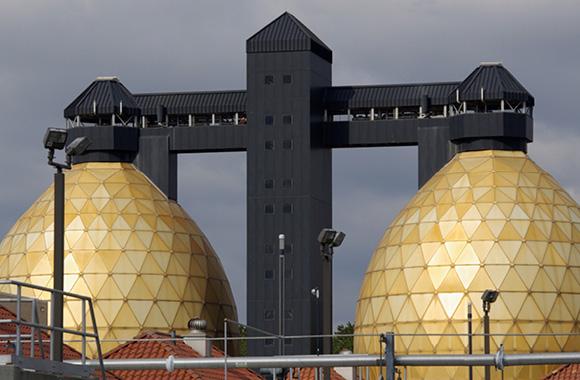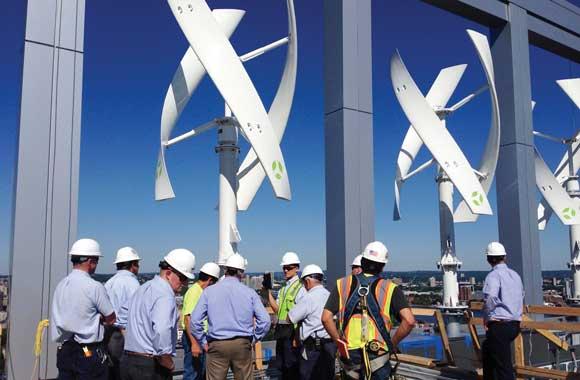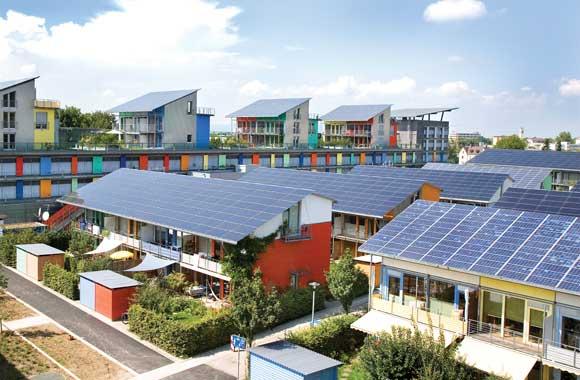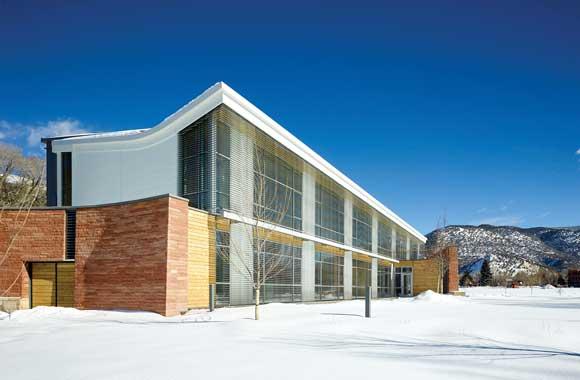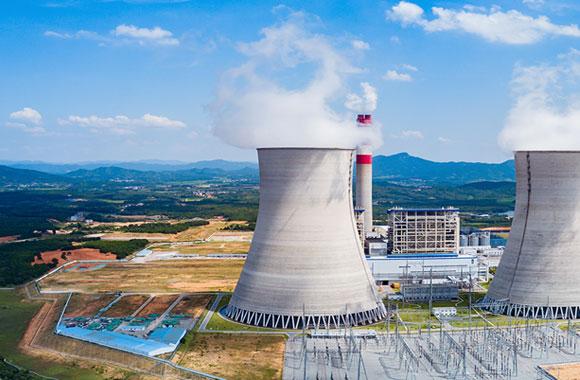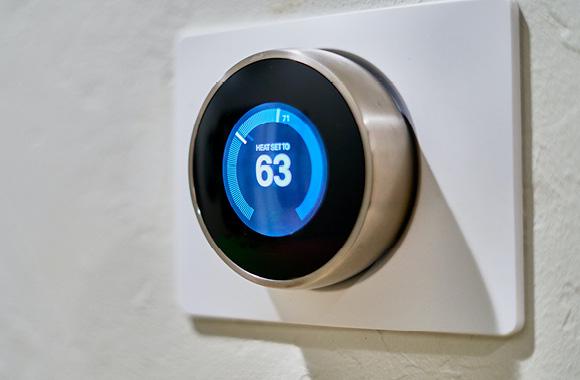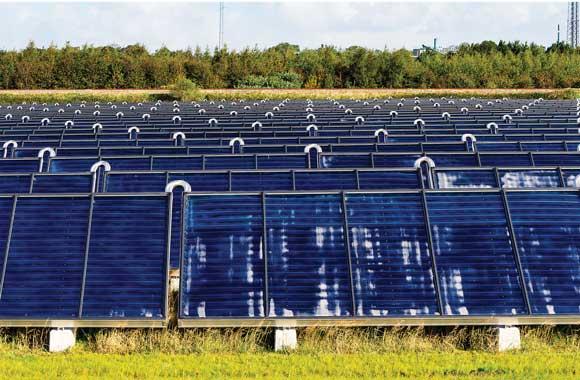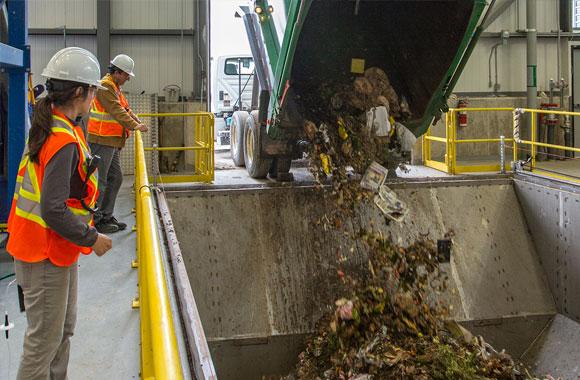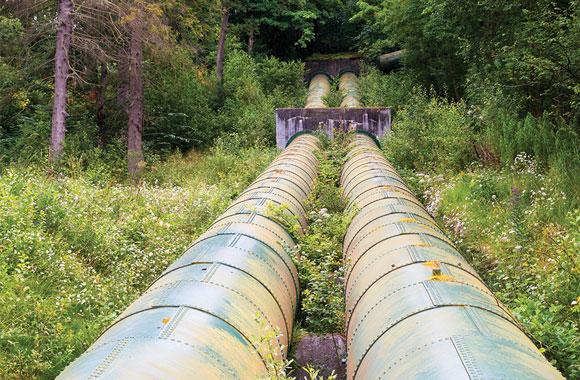Building Automation Systems
Building automation systems can control heating, cooling, lighting, and appliances in commercial buildings. They cut greenhouse gas emissions by enhancing energy efficiency.
Reduced/Sequestered
2020–2050
To Implement
Operational Savings
Impact
Building automation systems can boost heating and cooling efficiency more than 20 percent and energy use for lighting, appliances, etc., 8 percent. Across the world, adoption ranges from close to 0 percent in some developing regions to over 75 percent in high-income countries. Substantially expanding adoption—at a net first cost of US$287.70–393.35 billion—could save building owners US$2.27–3.42 trillion in operating costs and avoid 9.55–14.01 gigatons of carbon dioxide emissions by 2050.
Introduction
Because of their large share of energy consumption, residential and commercial buildings now account for one-third of global carbon dioxide emissions. Building automation systems are automated control systems that can regulate a building’s heating and cooling, lighting, appliances, and more to increase energy efficiency and/or worker productivity. This solution replaces conventional pneumatic or electric control systems.
Though many large commercial buildings in the US and EU have some form of building automation or management system, these systems are often not based on the most recent technologies. State-of-the-art building automation systems can reduce energy consumption in commercial buildings by up to 40 percent (IEA, 2013). New buildings can be equipped with building automation systems from the start; older ones can be retrofitted to incorporate it and reap its benefits.
Methodology
Total Addressable Market
The total addressable market for building automation systems is the total floor area of commercial building space worldwide broken out by Project Drawdown region. We defined adoption as the total commercial floor area in each region that is managed by a building automation system. We estimated current adoption (the amount of functional demand supplied by the solution in 2018) to range from virtually zero in some developing regions to over 75 percent in countries belonging to the Organisation for Economic Co-operation and Development (OECD), where mainly large buildings have adopted it. This was estimated using data from the US EIA’s Commercial Building Energy Consumption Survey (CBECS), the BSRIA Consultancy, and the Pacific Northwest National Laboratory (PNNL).
Adoption Scenarios
We calculated impacts of increased adoption of the Building Automation Systems solution from 2020 to 2050 by comparing two growth scenarios with a reference scenario in which the market share was fixed at current levels.
- Scenario 1: Adoption levels are 100 percent in OECD countries; current US levels in China; 50 percent current US and EU levels in Latin America and Eastern Europe, respectively; and 20 percent of current EU levels in the Middle East and Africa. Overall adoption is 44,794.52 million square meters of commercial floor space (52 percent of the total addressable market).
- Scenario 2: Adoption levels are 100 percent in OECD countries, 80 percent in China, and 50 percent everywhere else. Overall adoption is 64,888.61 million square meters of commercial floor space (76 percent of the addressable market).
Emissions Model
Emissions included are electricity consumption for cooling, heating, and nonthermal end uses as well as fuel use for heating. We used global average commercial building energy consumption rates as well as efficiency rates for building automation systems collected from a range of sources, especially from the International Energy Agency (IEA, IEA 2013). We used emissions factors from Intergovernmental Panel on Climate Change (IPCC) guidelines.
Financial Model
All monetary values are presented in 2014 US$.
We estimated the first cost for building automation systems installation to be US$22.74 per square meter, based on 20 data points. Cost data for the conventional pneumatic control were very limited, but first costs were estimated by identifying the technologies included under the “conventional building automation systems” class C model according to standard EN 15232 and taking data from retailers on the cost of each technology. Operating costs included building heating and cooling energy (fuel and electricity) and other electricity use. We averaged fuel and electricity prices over 2007–2018.
Integration
We integrated the Building Automation Systems solution with others in the Buildings sector by first prioritizing the solutions according to the point of impact on building energy usage. This meant that building envelope solutions such as Insulation were first, building systems solutions such as Building Automation Systems were second, and building applications such as High-Efficiency Heat Pumps were last. Thus, the Building Automation Systems solution’s energy-saving potential was reduced to represent the prior energy savings of higher-priority solutions.
Results
Scenario 1 avoids 9.55 gigatons of carbon dioxide equivalent greenhouse gas emissions by 2050. It requires an initial investment of US$287.70 billion more than the reference scenario, but saves US$2.27 trillion in operating costs over the technology lifetime.
Scenario 2 avoids 14.01 gigatons and US$3.42 trillion in lifetime operational costs at a net first cost of US$393.35 billion.
Discussion
The financial and climate benefits of accelerated adoption of building automation systems across the commercial building sector suggests that this solution can play a significant role in mitigating emissions while yielding savings for building owners. The high up-front costs of building automation systems, the complexity of building systems, and the lack of control standardization have limited the implementation of building automation systems beyond the large commercial buildings in the US and EU. But trends in automation and the growth of the Internet of Things, which connects many building devices, can accelerate adoption of building automation systems across the global commercial building stock by making smaller systems more cost-effective. This can improve the business case for smaller building owners as well as for those in developing countries.
Reference
IEA. (2013). Transition to sustainable buildings: strategies and opportunities to 2050. Paris: International Energy Agency. Retrieved from http://www.iea.org/publications/freepublications/publication/Building2013_free.pdf
What You Can Do
If you're building new or remodeling old commercial space, look into installing a building automation system—you might be pleasantly surprised at how quickly it will pay off!
If you live in multi-family housing, encourage your property manager to install an automated system to reduce energy consumption.
- Expand your knowledge by exploring another Drawdown solution.



